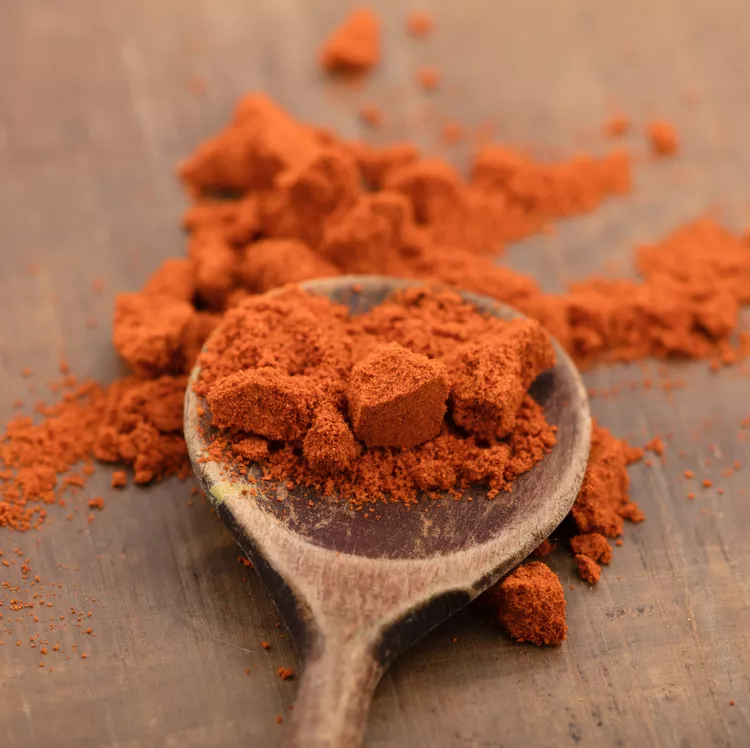- No. 268 Xianghe Street, Economic Development Zone of Xingtai city, Hebei 054001 China
- Byron@hbhongri.cn
paprika pepper
The Wonderful World of Paprika Pepper
Paprika pepper, a vibrant and aromatic spice, is celebrated not only for its distinct flavor but also for the spectrum of colors it brings to our culinary creations. This versatile ingredient, derived from Capsicum annuum, a type of chili pepper, has a rich history and a global presence that captivates chefs and home cooks alike.
Origins and Varieties
Paprika is believed to have originated in Central America, eventually making its way to Europe during the age of exploration in the 16th century. Today, Hungary and Spain are the two countries most closely associated with paprika production. Hungarian paprika, renowned for its rich flavor and bright red hue, ranges from sweet to hot, providing endless possibilities in the kitchen. Spanish paprika, or pimentón, offers a smokier flavor and is often used in dishes like chorizo and paella.
There are several varieties of paprika, each with its unique taste profile and color intensity. Sweet paprika is mild and slightly sweet, while hot paprika provides a kick for those who enjoy a bit of spice. Smoked paprika, obtained by drying the peppers over an open flame, infuses dishes with a deep, smoky flavor that elevates any meal. Understanding these varieties allows cooks to choose the appropriate paprika for their recipes, enhancing flavor and visual appeal.
Culinary Uses
Paprika's culinary uses are as diverse as its flavors. It serves as a foundational spice in many traditional dishes, including Hungarian goulash and Spanish pisto. Beyond these classic recipes, paprika can add depth to soups, stews, and marinades, or be used as a seasoning for meats and vegetables. Its vibrant color makes it an excellent garnish, transforming ordinary plates into visually stunning presentations.
In addition to its traditional uses, paprika is a key ingredient in contemporary cuisine, where chefs experiment with its flavor in innovative ways. From paprika-spiced roasted nuts to creamy paprika dips, this spice easily caters to modern dietary trends while maintaining its ethnic roots. Furthermore, as an integral part of spice blends like Cajun seasoning and barbecue rubs, paprika can enhance the flavor profile of many dishes, bridging cultures and cuisines.
paprika pepper

Nutritional Benefits
Apart from its culinary charm, paprika pepper is a powerhouse of nutrition. It is rich in antioxidants, particularly carotenoids, which are responsible for its vibrant color. These compounds help combat oxidative stress in the body and may reduce the risk of chronic diseases. Additionally, paprika is a source of vitamins A, C, and E, all of which play crucial roles in maintaining healthy skin, eyesight, and immune function.
Moreover, the capsaicin in paprika, though present in lower levels compared to other chili peppers, still offers potential health benefits. It has been linked to improved metabolism, pain relief, and anti-inflammatory properties. These attributes make paprika not just a flavorful addition to meals but a beneficial ingredient that contributes to overall well-being.
Paprika in Culture
Paprika is not just a spice; it is woven into the cultural fabric of many countries. In Hungary, the annual Paprika Festival celebrates the harvest with parades, tastings, and cooking competitions, reflecting the country’s deep-rooted connection to this spice. Similarly, in Spain, pimentón is linked to regional culinary traditions, emphasizing the importance of locally sourced ingredients and the pride in traditional recipes.
In many cultures, paprika represents more than flavor; it embodies history, tradition, and identity. From being a humble spice to a symbol of culinary heritage, paprika holds a special place not only in the pantry but also in the hearts of those who cherish the art of cooking.
Conclusion
In conclusion, paprika pepper is a delightful spice that transcends borders and flavors. Its origins, varieties, culinary uses, nutritional benefits, and cultural significance combine to create a rich narrative that continues to evolve. Whether you are a professional chef or a home cook, incorporating paprika into your dishes can add a burst of flavor and color that enhances your culinary experience. So the next time you reach for that vibrant red jar on your spice rack, remember that you are holding a world of flavor, history, and tradition in your hands.
-
Turmeric Rhizome Powder: A Golden Treasure from Roots to TableNewsJul.28,2025
-
The Versatile Application Of Crushed Red Hot Peppers: Lighting Up The Red Flames On The Dining TableNewsJul.28,2025
-
The Paprika: A Touch Of Vibrant Red In Color, Flavor, And CultureNewsJul.28,2025
-
Ground Turmeric: A Modern Examination of an Ancient SpiceNewsJul.28,2025
-
Capsicum Liquid Extract: Features, Applications, and ChallengesNewsJul.28,2025
-
Application of Capsicum Liquid Extract in FoodNewsJul.28,2025







